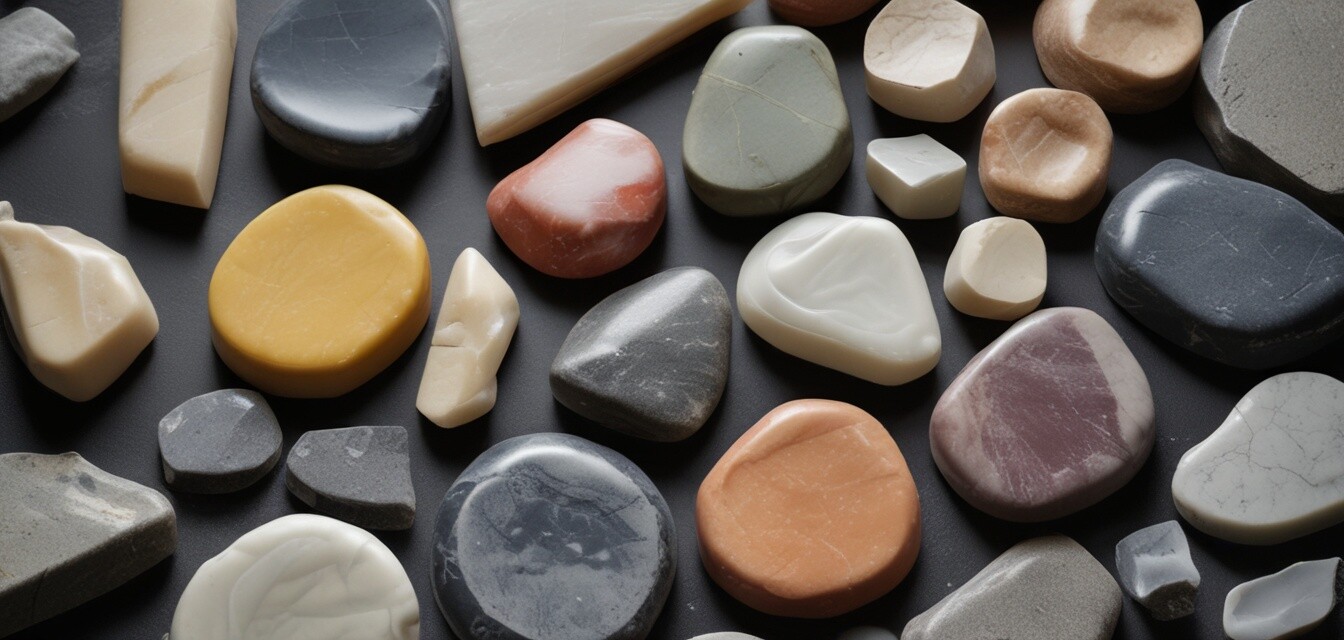
Exploring the versatility of soapstone in mold making
- Soapstone is an excellent choice for creating glass molds due to its unique properties.
- It offers versatility in terms of texture, heat resistance, and ease of carving.
- Using soapstone allows artists to achieve specific shapes and designs in glass work.
- Regular maintenance and care of soapstone molds can greatly enhance their lifespan.
- Soapstone is an eco-friendly option for artists looking for sustainable materials.
Soapstone has recently gained attention in the glass making community, particularly in mold making. From intricate designs to simple shapes, this versatile stone provides artists with the flexibility needed to bring their creative visions to life. In this article, we will explore the many benefits of using soapstone in mold making and why it should be your go-to material.
Why choose soapstone for mold making?
Soapstone is well-known for its unique qualities that make it ideal for mold making. Here are some of the standout features:
| Property | Explanation |
|---|---|
| Heat Resistance | Soapstone can endure high temperatures, making it suitable for use in various glass fusing processes. |
| Carvability | The stone is easy to carve and shape, allowing for intricate designs to be created effortlessly. |
| Eco-friendliness | Soapstone is a natural stone, making it an environmentally friendly choice for artists. |
| Durability | When properly maintained, soapstone molds can last for many years, offering great value. |
Creating unique designs with soapstone molds
The ability to create custom molds is where soapstone truly shines. Artists can carve personalized designs into soapstone, enabling them to produce one-of-a-kind glass pieces that stand apart from the typical offerings. Here are some design ideas specifically suited for soapstone molds:
- Bowl designs with intricate textures and patterns
- Plates featuring beautifully carved details
- Jewelry pieces with unique shapes and finishes
- Intricate casting molds for larger glass artworks
Best practices for maintaining soapstone molds
To ensure your soapstone molds remain in excellent condition, following a few best practices is essential:
- Regular cleaning: Wipe your molds with a damp cloth after each use to remove glass residue.
- Proper storage: Store molds in a cool, dry place to prevent moisture accumulation.
- Sealing: Occasionally apply a food-safe mineral oil to maintain the stone’s smoothness and protect it.
- Avoid excessive force: Use gentle pressure when working with your molds to prevent chipping or cracking.
Comparison with other mold materials
While soapstone has many advantages, it is vital to compare it with other materials commonly used in mold making. Here's a quick overview:
| Material | Versatility | Durability | Ease of Use | Cost |
|---|---|---|---|---|
| Soapstone | High | Very Durable | Easy | Moderate |
| Silicone | Very High | Good | Easy | High |
| Metal | Moderate | Very Durable | Complex | High |
| Wood | Moderate | Good | Easy | Low |
Conclusion
Soapstone offers unparalleled versatility and unique properties that make it a fantastic choice for mold making in glass art. Its ability to withstand high temperatures, ease of carving, and eco-friendly nature set it apart from other mold materials. Investing in soapstone molds can truly enhance your creativity while providing you with reliable tools for your glass-making projects. Whether you’re a novice or an experienced artist, embracing soapstone in your glass mold-making journey is a choice that can lead to stunning results.
Additional resources
If you’re interested in further exploring the world of glass making and getting the best tools and supplies, check out our other articles:

